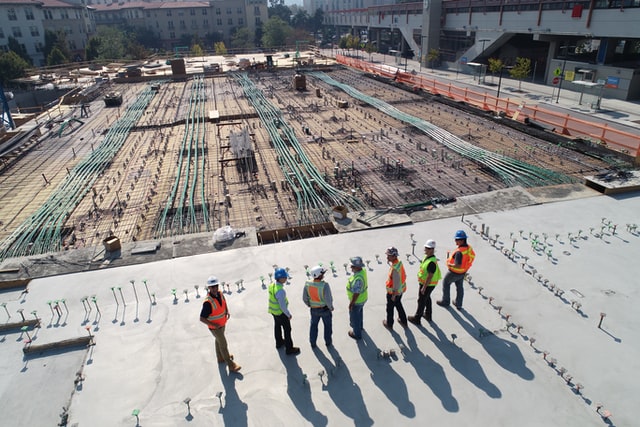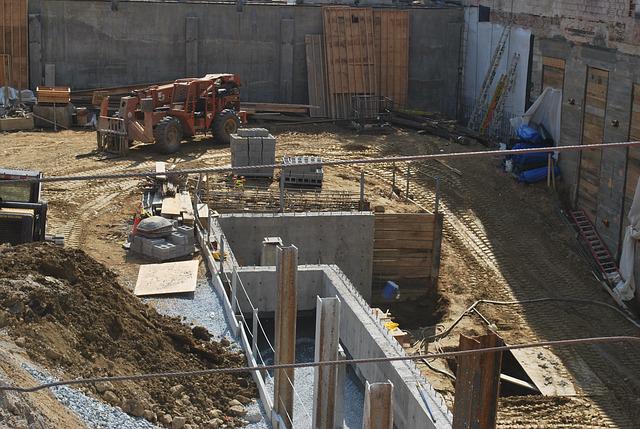DISCOVER SOME POPULAR APPLICATIONS OF 3D MODELLING IN THE CONSTRUCTION INDUSTRY
Today, technology is transforming many industries by simplifying things, and construction is one of them. Three-dimensional (3D) modeling is a powerful technology that has recently significantly impacted the building sector. In today’s construction projects, 3D models are essential because they increase efficiency and make work easier.
3D modeling uses computer-based 3D modeling software to create three-dimensional representations of an object or surface. The procedure enables you to ascertain a structure’s dimensions, form, and texture by utilizing lines, points, and polygons to build 3D objects. Let us look at a few applications for 3D models in the construction industry:
Site Layout
3D site modeling goes a long way in simplifying the understanding of the site layout, including the placement of landscape features and utility equipment. One of the ways to use 3d site modeling boise is to map electrical equipment locations. This includes light poles, electrical service slabs, and connections for electrically powered signs, decorations, and other items. Electricians can use a 3D model to set up these connections rapidly and adequately.
Other utilities can also be mapped using 3D mapping technology. Crews can deploy this equipment with greater assurance By first outlining the utilities’ configuration and getting the necessary information at any time.
Including virtually any site feature, including benches, curbs, and landscaping, is also possible with 3D site models. Benches and playground equipment are examples of accessories that need a base and connectivity. If they know where they will go, crews can prepare these elements early and avoid having to redrill later.
Construction Machine Control
3D modeling enables precise, economical, and efficient machine control during construction activities. Machine operators can view the physical site on a screen while in the cab as an alternative to conventional survey stakes. A set of sensors controls the machine based on the measurements from the 3D model.
In addition to having GPS units in the blades and buckets, machinery like backhoes, bulldozers, and excavators also have computers installed on their interiors. Two options are available: installing a GPS base station on the job site or purchasing a GPS service.
The 3D model is loaded onto the onboard computers of your equipment using GPS coordinates as a reference. Then, these computers may speak with machinery controllers and GPS receivers. The GPS continuously tracks the device’s location as it moves throughout the site. The GPS locates the blades and buckets on the equipment as it progresses. The computer can automatically modify the blades or buckets when it comes to the necessary excavation depths or surface heights. This capability makes it possible to grade parking lots, walkways, roadways, and more precisely and smoothly.
Reports on Progress and as-builts
3D models can help communicate the status of a project together with developing as-builts (revised drawings presented at the end of a project). In other words, you can collect fresh data throughout a project to produce updated 3D models that depict the site’s current appearance. A post-construction 3D model can be utilized for maintenance, operations, and asset management throughout the facility’s lifetime.
Final Thoughts
As technology advances, 3D modeling will become even more crucial for the building sector.






